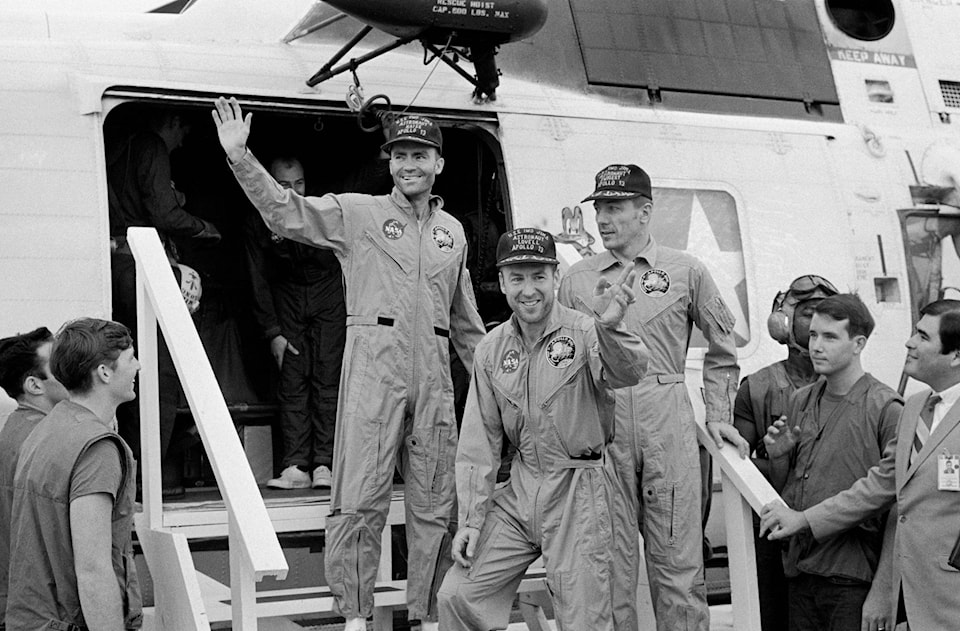Compiled by Greg Scott from the files of the Nelson Daily News
Dateline April 4, 1970
Dr. R.T. Pangan, director of Selkirk Health Unit, said a hepatitis outbreak, which began in Nelson in November, could “be considered an epidemic and the epidemic is still continuing.”
There have been 51 cases of hepatitis reported to the health unit since November. The 10 year average is only one case per month. He said that for every case reported, there are probably five cases which are unreported.
“We expect the outbreak to continue for a few more months and then ease off,” Dr. Pangan said.
A primary reason for the epidemic was the low incidence of hepatitis for 10 years, which made the population extremely susceptible to the disease. He said that cases of the disease tend to be reported in batches.
The patient is kept isolated for two weeks, although he may feel better before that time. However, someone who has come in contact with a patient may carry the disease although not appearing sick. Cases are considered infectious for the first few weeks.
There are no shots available to prevent hepatitis, except temporarily. The temporary shots are given to the people in the same family as the patient.
Dateline April 18, 1970
Days of cold and peril behind, three tired quiet Apollo 13 astronauts splashed down to a happy, on-target landing in the Pacific, safe at last in the warmth of their home planet.
They were back from moments of extreme danger, from long hours of discomfort, chilled by cabin temperatures in the 30s (F), tired by the constant battle to keep their battered ship going. Those trials began Monday night when an oxygen tank in their service module burst, exploding with it hopes for a lunar landing, and putting the astronauts’ lives in jeopardy.
The faithful, spidery moonlander Aquarius deprived of its moments of glory on the moon, alone stood between the astronauts and disaster. Its electricity, its oxygen, its water, its fragile shell were the margin of survival.
The astronauts were able to seek cramped shelter in Aquarius for the trip back to Earth, before returning to the command module for an uncomfortable splashdown.
Dateline April 27, 1970
They walked, or ran, or paddled canoes, or rode bicycles, or unicycles, and when it was all over, the public-spirited citizens of Nelson had raised $20,000 in the second Kinsmen Walkathon.
The money, slated for the city’s projected swimming pool, was earned by blisters, by chilblains, and some frozen feet along the 22-mile route along the North Shore road from Balfour to Nelson.
There were about 750 walkers and organizers estimated that about 90 per cent covered the 22 miles. Many who didn’t covered more than half the distance. The weather was bitterly cold, with occasional snow and rain, which didn’t hamper the enthusiasm or marchers.
Dateline April 29, 1970
Two people died last night in a fire that swept through a private home at 121 High St. Firemen were called to the fire shortly before 9 p.m. and succeeded in bringing the blaze under control in six minutes. When they entered the home, however, two bodies were found, a female by the window and a male by the door.
“As I was coming around the hill by the old hospital, I could see flames leaping 30 or 40 feet in the air,” said one fireman.
Chief Elwyn Owens said that when he got to the home, the entire front was engulfed in flames. Firemen did not know if anyone was inside. No cause for the fire has been established and fire marshals from Vancouver will be investigating the blaze.
The deaths are the first in a fire inside the city since 1955 when the old Strathcona Hotel burned down, taking six lives.
Dateline April 27, 1970
In what might be an attempt to hold down the mill rate, city council authorized increases to city rates, including a 100 per cent jump in parking meter rates. The parking rates for meters along Baker Street will now be five cents for a half hour. The previous rate was five cents an hour.
Cars can only be parked along Baker Street for one hour under the new streets and traffic by-law adopted by council. A small battle between council and city merchants may be brewing over the meter rates, for while the merchants do not disagree with the raising of rates, they would like to see the increase used to purchase land for construction of a parking plaza on Victoria Street between Stanley and Ward.
The city however wants to put the increase into general revenue and not earmarked for a specific project.
